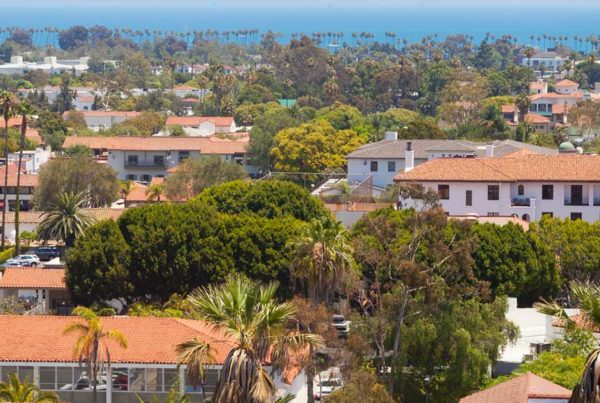This article originally appeared in the Santa Barbara Independent online on October 22, 2009. To see the PDF of the article, click here.
Global Markets and Tax-Free Bonds
By Kevin Bourke (Contact)
Thursday, October 22, 2009
In 2009, which country will sell the most new vehicles? At its current pace, the answer is : China. Are you surprised?
In my last column, I asked how investors can keep up with changes in the U.S. economy as baby boomers age and modify their spending and investing habits. I want to share two simple ideas.
 Kevin Bourke
Kevin BourkeFirst, I believe that one way to compensate for these changes is to give more thought to what is going on around the globe. In 1970, the U.S. represented 66 percent of the total world stock market capitalization. In 2003, the number was 44 percent, and in 2036 the U.S. will represent only 24 percent of the global markets. (source: Phoenix Investment Partners).
Do you see where this is heading? Ignore world markets at your peril. We can no longer play “Follow the Leader,” meaning the United States. We must “Follow the Leaders,” wherever they may be found around the globe. If China is now number one in car sales, what else is going on around the globe that will affect our investment decisions? Note that international investing is not for everyone and you should consult your professional advisor before making any investments.
My second idea revolves around saving money on taxes. While it may not feel like it, we are in one of the lowest tax environments this country has had in decades. Unfortunately, I don’t see how this can continue. The political landscape, as well as funding shortfalls on the horizon, tells me that taxes will go up. What are we to do?
Tax-free investing. Say that a few times, slowly, let the words roll around a bit, savor them, don’t they taste sweet? Municipalities borrow money to support projects like building water treatment plants and roads by issuing bonds. The interest paid on those bonds is typically free of federal and state income tax (for state residents). While this market has changed dramatically, it’s still a place to be for many investors. Do the math: If people in a combined state and federal tax bracket of 30 percent purchase tax-free bonds with a 5 percent coupon, their after-tax yield is 7.14 percent annually. Some bonds are even insured by an insurance company. Remember too that tax rates are likely to go up, not down. Each person’s situation is unique and must be considered individually, but for the right investor, municipal bonds can be a great choice.
The caveat? With recent events surrounding insurance company ratings, as well as news about budget problems (like the one in California) an investor has to apply due diligence to a purchase of municipal bonds, just as with every investment. Tax-free bonds have maturity dates that can range from a day to 40 years or more. So it takes some careful shopping and deliberation before taking the plunge. Municipal bonds are subject to availability and change in price. They are subject to market risk if sold prior to maturity. And bond values will decline as interest rates rise. You want to understand your tax status because interest income may be subject to the alternative minimum tax. They are federally tax-free but other state and local taxes may apply. Do your homework.
These are just two simple ideas out of the plethora of options open to you. As a wise investor once told me, if you don’t get on the carousel, you’ll never go around. So do the research, get the data, hire an advisor, do what it takes, but don’t miss out on the multitude of opportunities open in this very dynamic age.


